If the only certainty right now is uncertainty, college football echoes it best by the absence of any central leadership. The NCAA offers little top-down guidance when it comes to football, and we’re seeing it play out in real time. The simplest solution to a lack of central leadership in college football – the Power Five conferences working together – is already out the window with the Big Ten and Pac-12 going to a league-only model without waiting for (or perhaps even trying to build?) consensus.
That doesn’t mean the most lucrative path forward isn’t Power Five only college football. Stewart Mandel said it best in The Athletic yesterday:
But more than anything, this crisis has laid bare that there are a small handful of schools (the Power 5 and a few others) with the resources to even be trying to field sports teams this fall. The other 200-something Division I athletic departments are just trying to survive until next year.
(He goes on to point out that if the College Football Playoff – governed by a board of managers with equal representation from all ten conferences and Notre Dame – voted to move the CFP to the spring, would individual conferences buck that kind of system to play in the fall anyway?)
Maybe we get a vaccine that works and is widely adopted by the public in time to have a fully-functional football season in the spring. Maybe that leads to college football looking more or less the same, at least on the Power Five level, in 2022: eight or nine conference games, a major out-of-conference games, two mid-majors and an FCS opponent.
But if the maybes get thin, the bottom starts falling out for mid-majors, and no one’s in charge at the top? There’s no telling what college football might look like. There’s no telling if the flow of a season we’ve come to know for almost 30 years since the SEC went to divisional play and dominoes started falling toward the Bowl Alliance and BCS…might’ve been seen for the last time in 2019.
Who knows. But to whatever degree we’re able to think long-term right now, one question becomes, “How could the SEC be improved?”
Things that are normally reserved for fantasy booking now have a chance at reality, even if only because if feels like everything is on the table. For example, if all of college football went wild west, the SEC could just stay as it is and play round robin every year. Thirteen games and a fair champion (unless you get a three-way tie) because everyone plays everyone. Suddenly 8-5 doesn’t look so bad! To make it more interesting for all involved, take your top four teams at the end of the regular season and play an SEC Final Four, with semifinal games at home sites and the SEC Championship in Atlanta. This way 28.5% of your league makes the playoffs, still a far more meaningful number than we usually see in sports.
But this and any scenario that involves removing FCS/mid-major players would fundamentally change an idea that Tennessee and the league’s traditional powers have been chasing for those same 30+ years: perfection is attainable.
I used to believe it’s what made college football great. It’s what happens when you grow up in a time when your team has a chance to go undefeated every year and actually does it once.
But the last dozen years have been both humbling and enlightening. And even before then, I’ve found some of the most enjoyment from some of Tennessee’s most compelling stories, and those came in seasons with plenty of adversity like 2007 in football and 2010 in basketball.
Since 2008, Alabama is 150-17 (.898). The next closest teams in wins are Clemson and Boise State with 133. In winning percentage, it’s Ohio State at .845. And in the SEC, LSU is second-best in the last twelve years with 120 wins. That’s thirty fewer victories in a dozen years.
So who’s to say Alabama wouldn’t just keep winning if they were playing the full SEC gauntlet? Who’s to say new cupcakes wouldn’t emerge over time to replace the old ones? But I think an SEC-only setup that gave four teams from the league a chance to “win it all” every year would do some tremendous good for the mental health of a fan base. Much better than losing to Alabama in the SEC West (or Spurrier’s Florida in the 90’s in the East) and feeling like your whole season is over for one blemish. If you do earn perfection, it means more than ever before. And when you almost certainly don’t, you’re not a crazy person just because your team went 10-3. This kind of setup produces more compelling stories.
It would certainly mean compelling match-ups every time out. The year before the SEC went to divisional play, do you know who Tennessee played in the non-conference in 1991? Louisville, UCLA, Notre Dame, and Memphis (State). There’s saying every game matters, and then there’s scheduling like it. If the “least-appealing” game in your schedule is Vanderbilt, it still counts in the standings. Plus, rivalries past become rivalries present: hello, Auburn. In West Tennessee, hello Ole Miss. And goodbye, disadvantage of being the only SEC East team to play Alabama every year.
This is never the best question to ask to pursue a more fruitful solution, but how much would you mind if something like this happened? If it did, I think the majority of SEC fans would take it. An SEC team has won the national championship 12 times in the last 22 years, plus undefeated Auburn in 2004, plus SEC teams that played for the title and lost in 2013, 2016, and 2018. That’s 16 out of 22 years before we even have to bring up what the Vols did in the SEC Championship Game in 2001. No SEC Champion has anything to prove to anyone. If we just played within our own league every year and crowned a champion, you’d feel just fine about the end result and the champion could still talk trash to Clemson or Ohio State in theory.
Are there better, more inclusive models out there? Sure; we’ll keep fantasy booking and look at some of those another day. But if a worst-case scenario for the SEC with no NCAA leadership and not enough cooperation within Power Five leagues is just to play itself round robin every year? That’s a pretty good safety net.
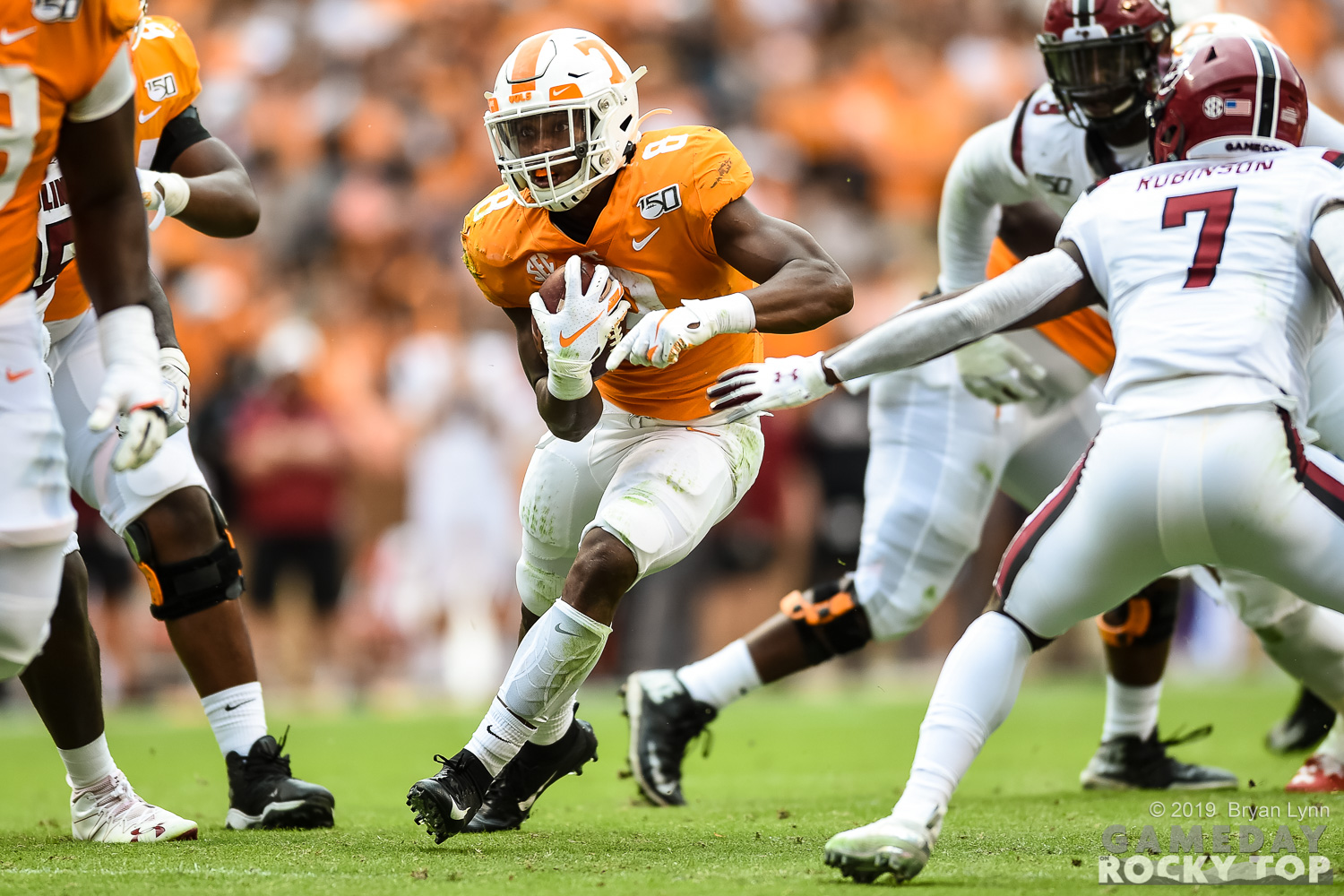
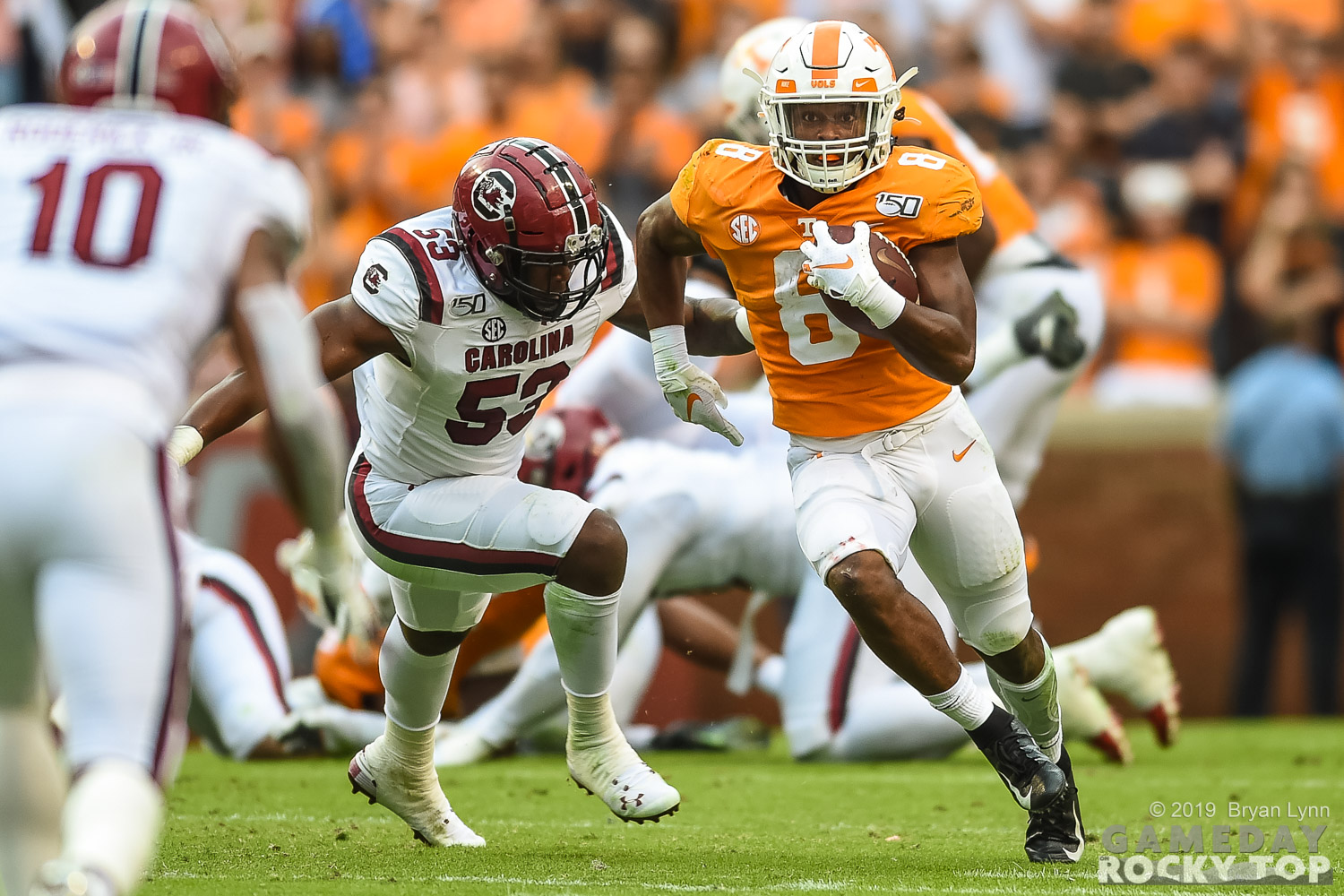
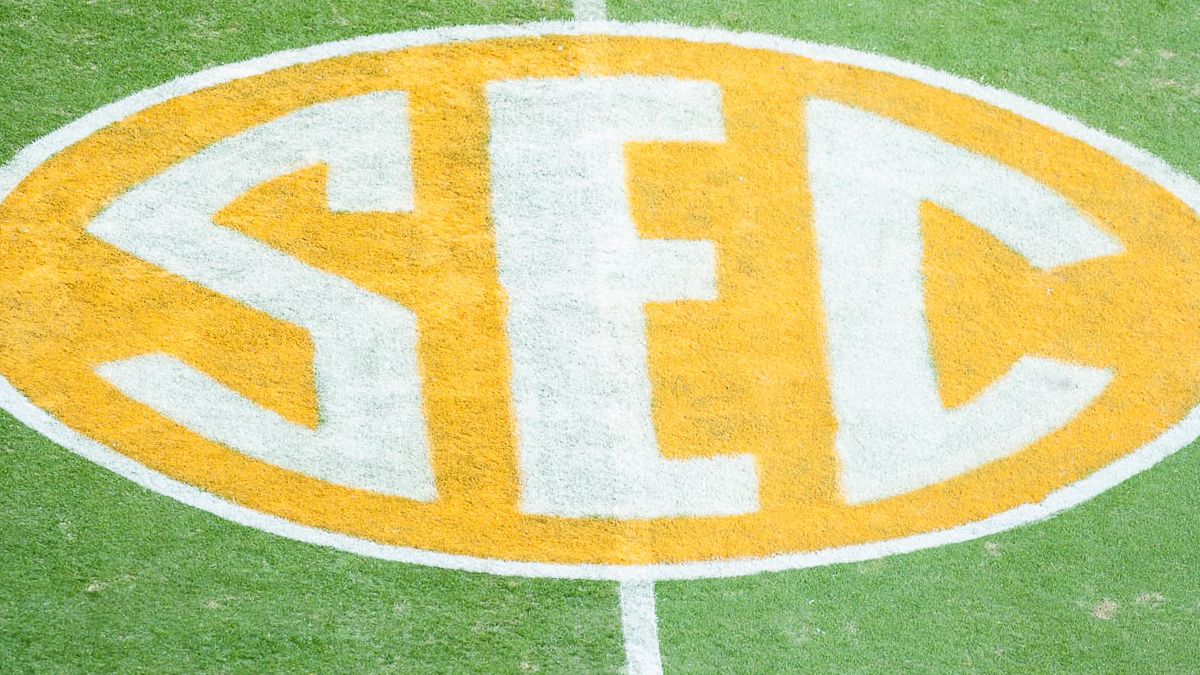
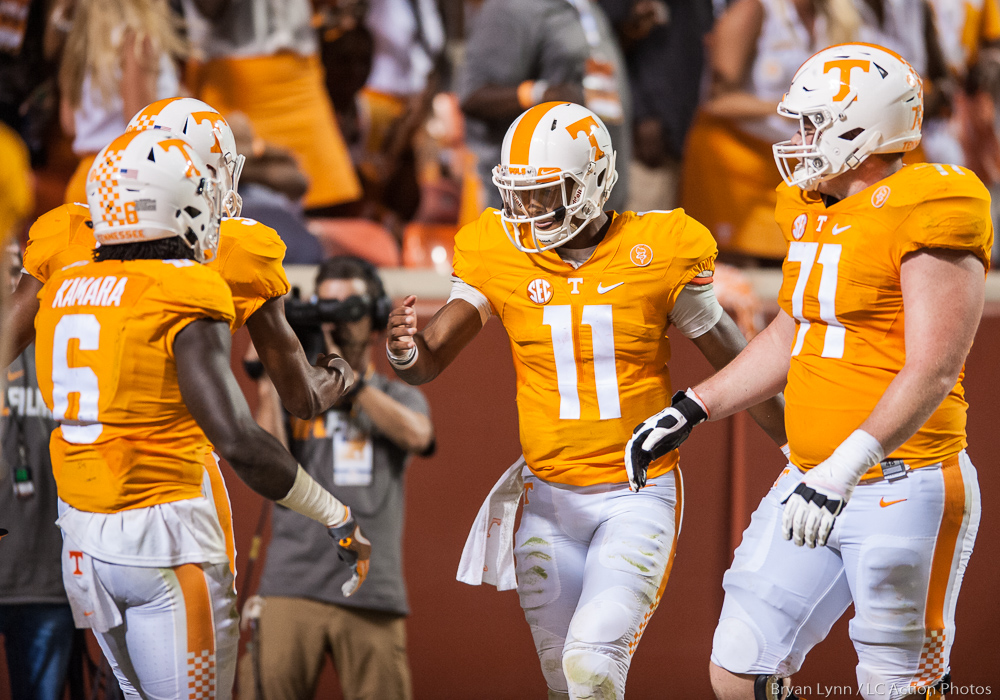
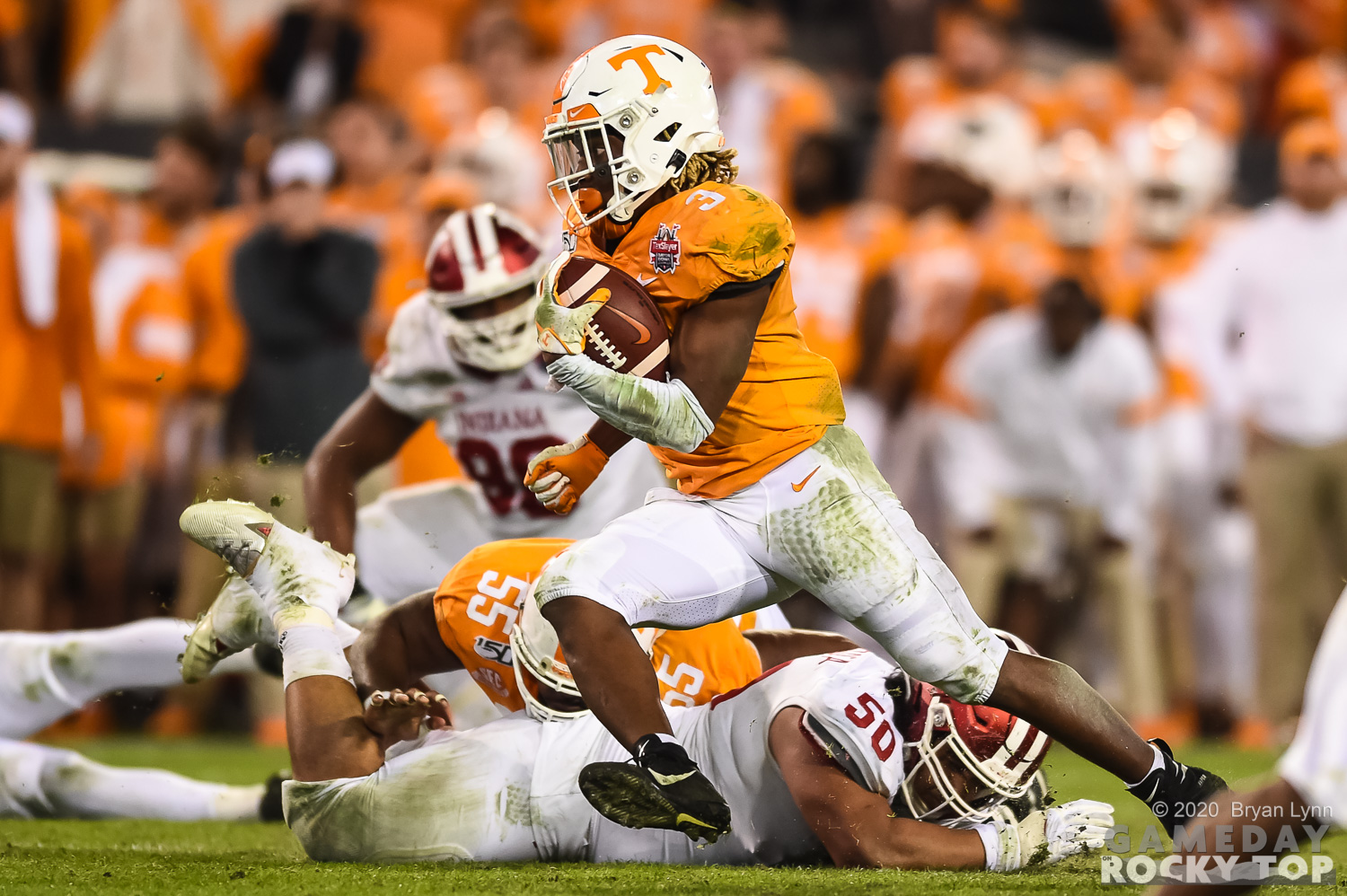
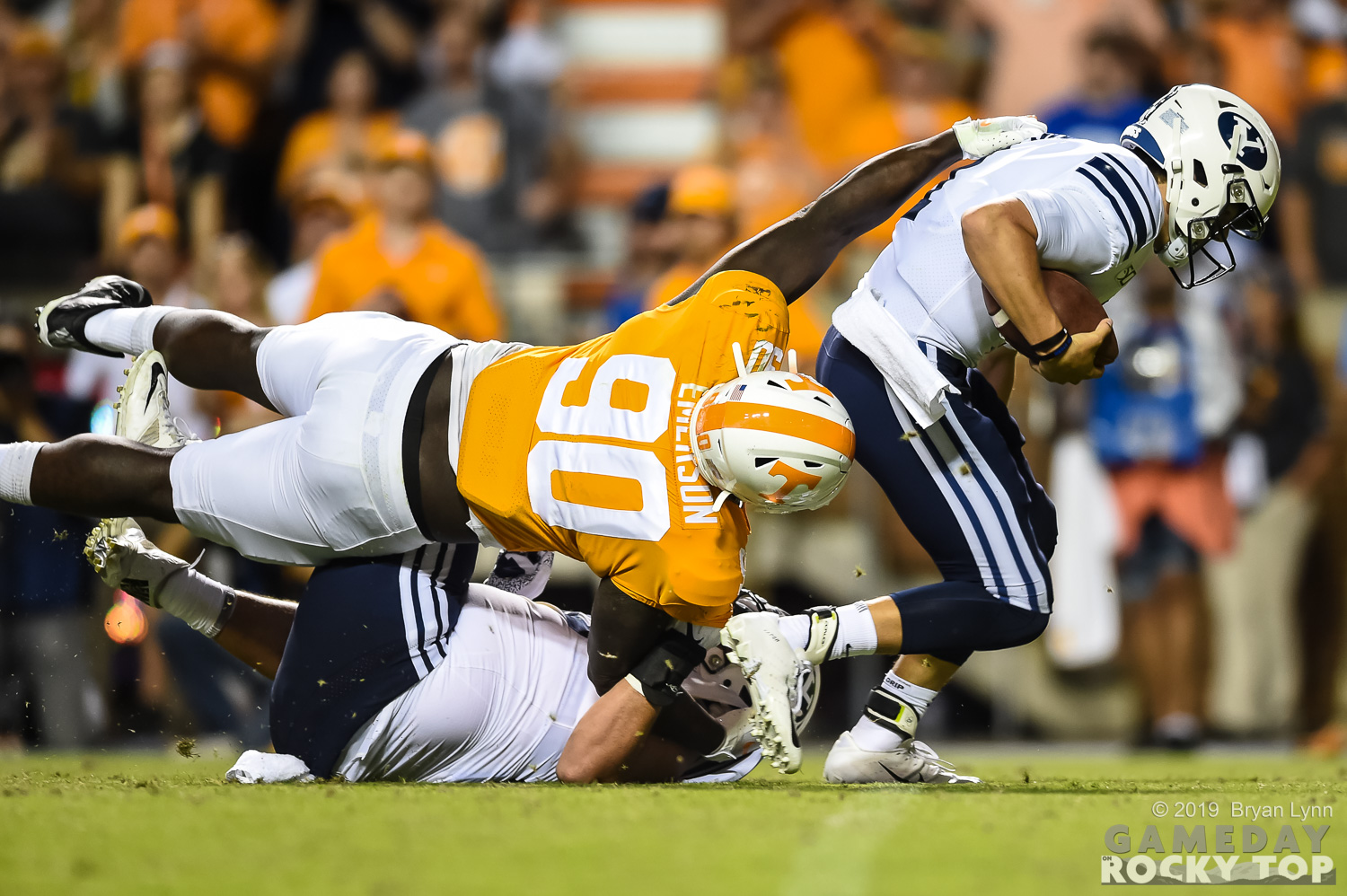
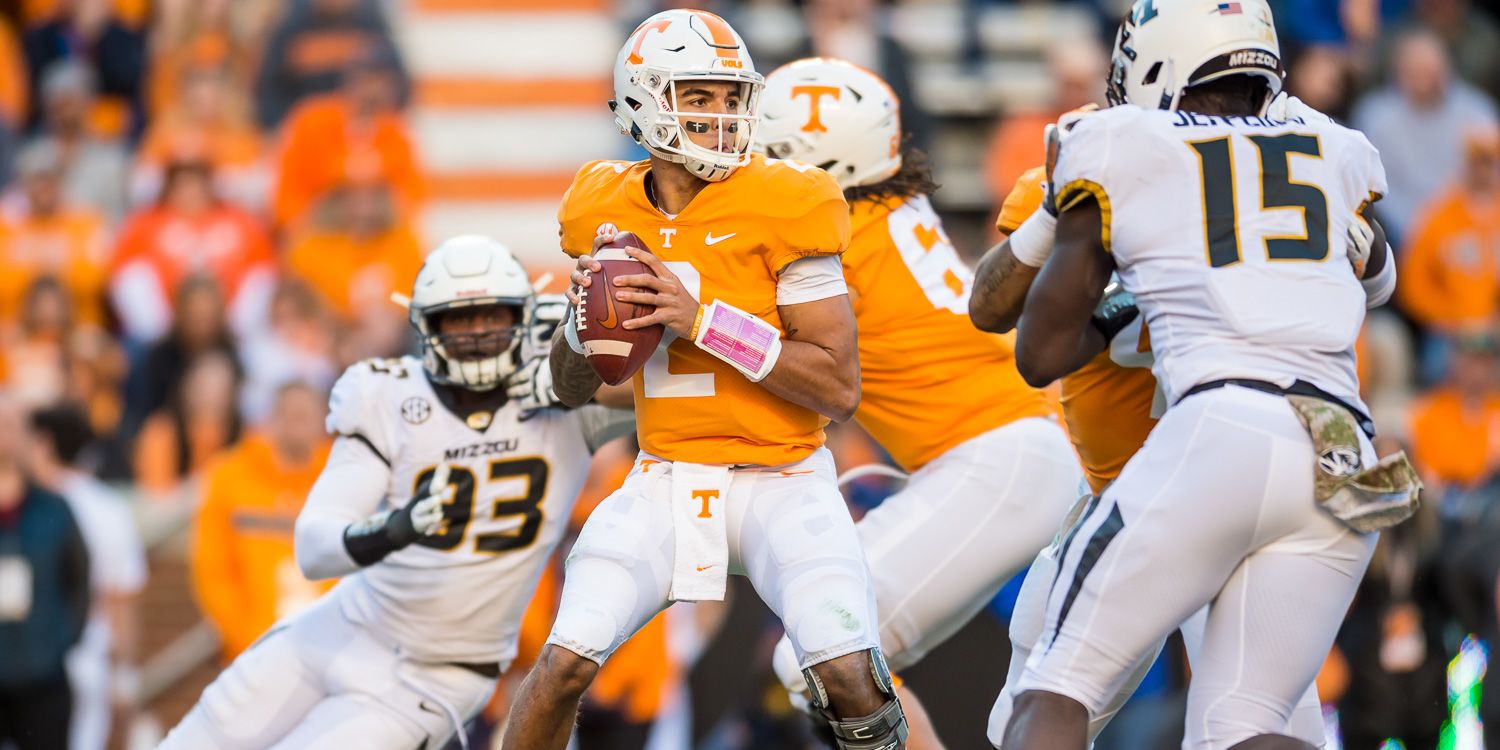
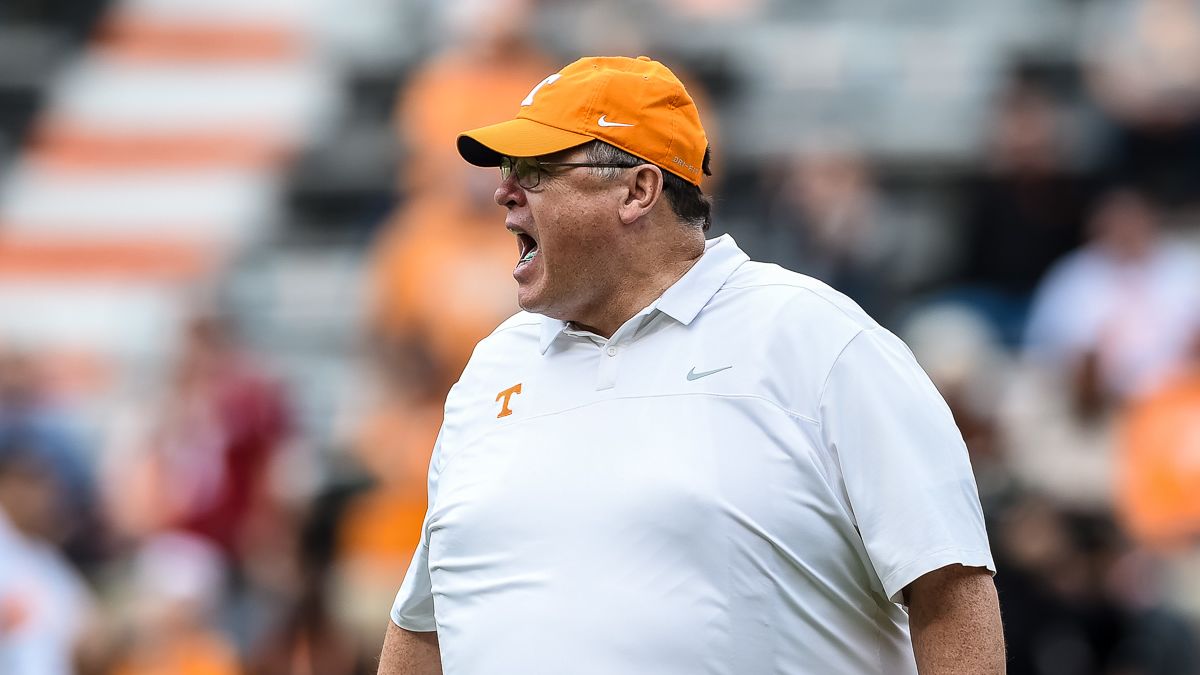
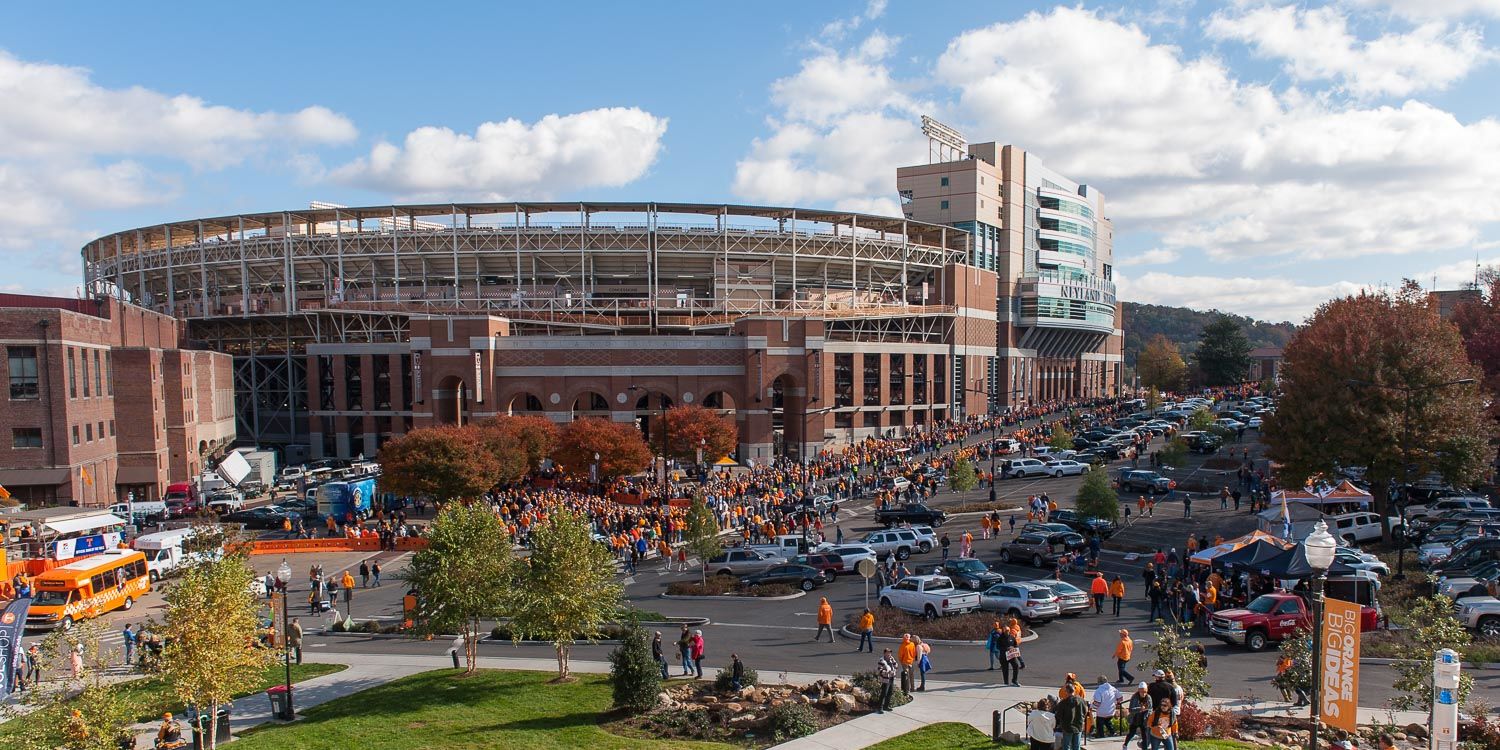

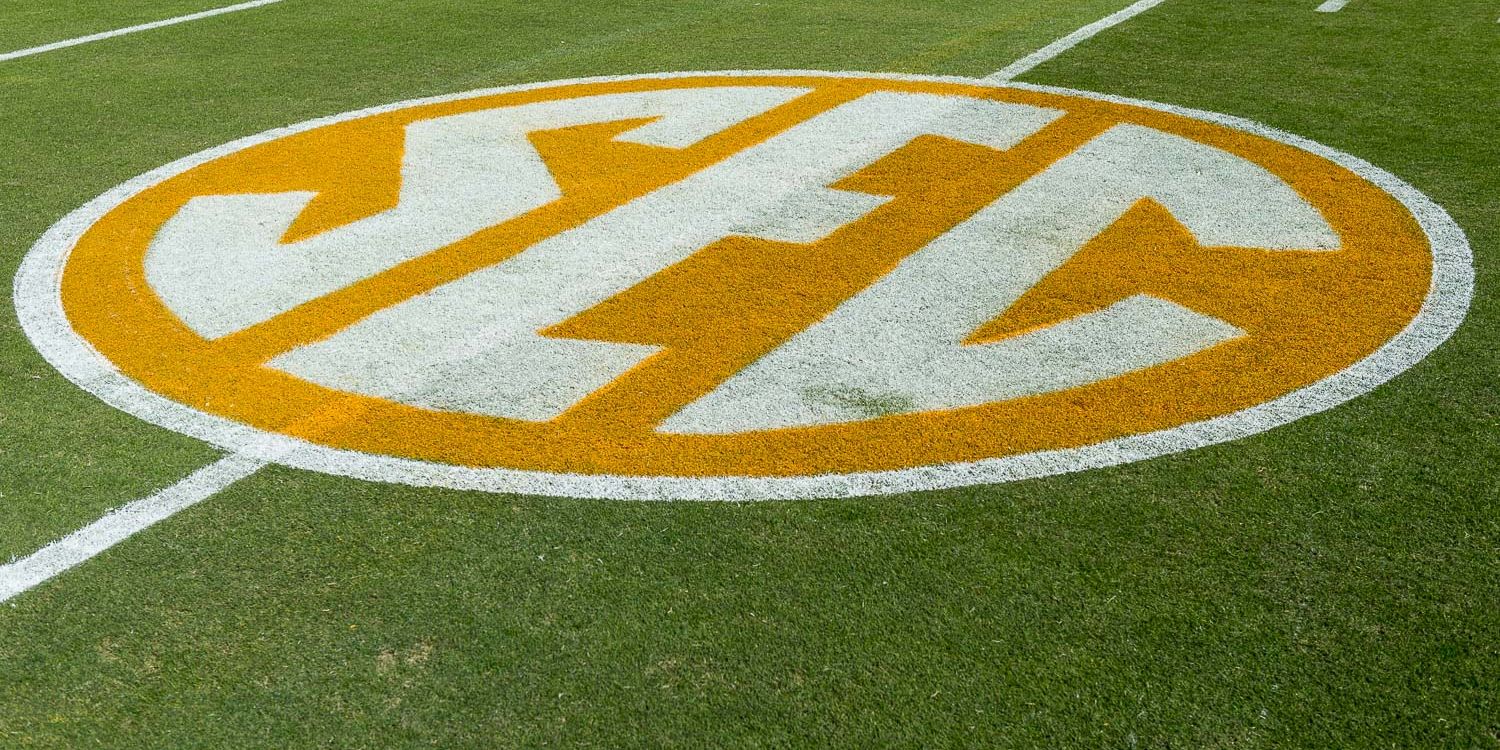
You must be logged in to post a comment.